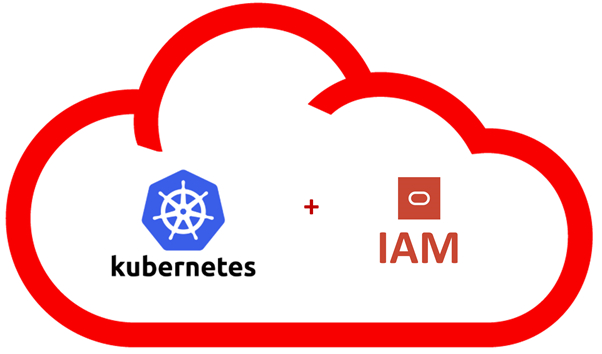Version 1.0.0 of the Consumer Data Right standard was released in September, and it introduces a common set of Banking APIs in line with Australian government legislation. The principles behind the standards design are very solid, though the some of the specific requirements are pretty wild and they result in a bit of rethinking of some of the classical API conventions. The most prominent example of this is the approach the CDR standards take towards ‘object identifiers’, in the ID Permanence section, and I considered the requirements for this interesting enough to spend some time thinking about and documenting.
In this context, an ‘object identifier’ refers to the way in which you refer to an individual instance of an object from your API, such as the ‘accountId’ in the following URI:
GET /banking/accounts/{accountId}
In this blog post we will look at what the CDR requires for these types of identifiers, and provide some sample code which implements the obfuscation requirements specified in the standard.
Continue reading “Consumer Data Right (CDR) – User-specific Identifiers for ID Permanence”


